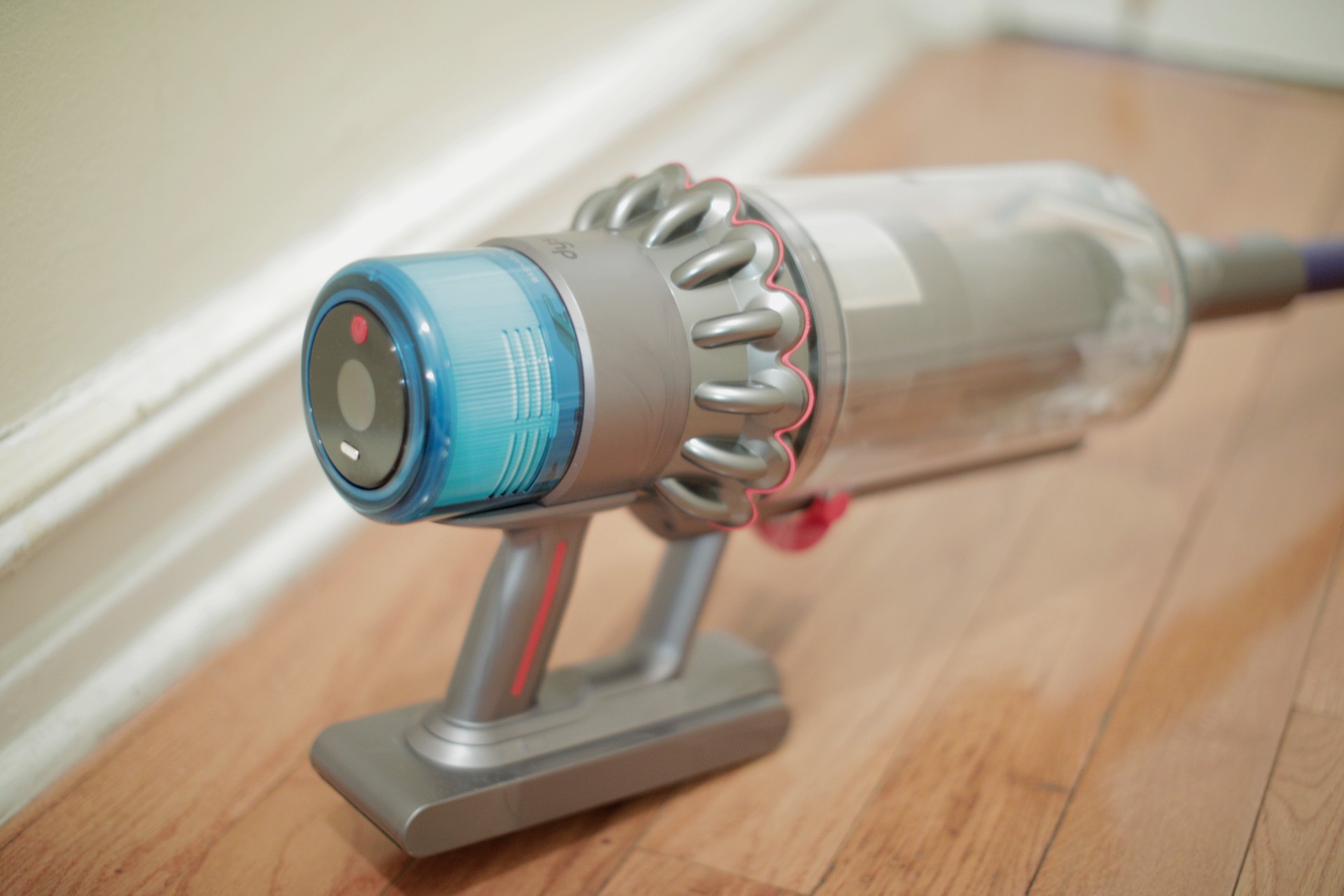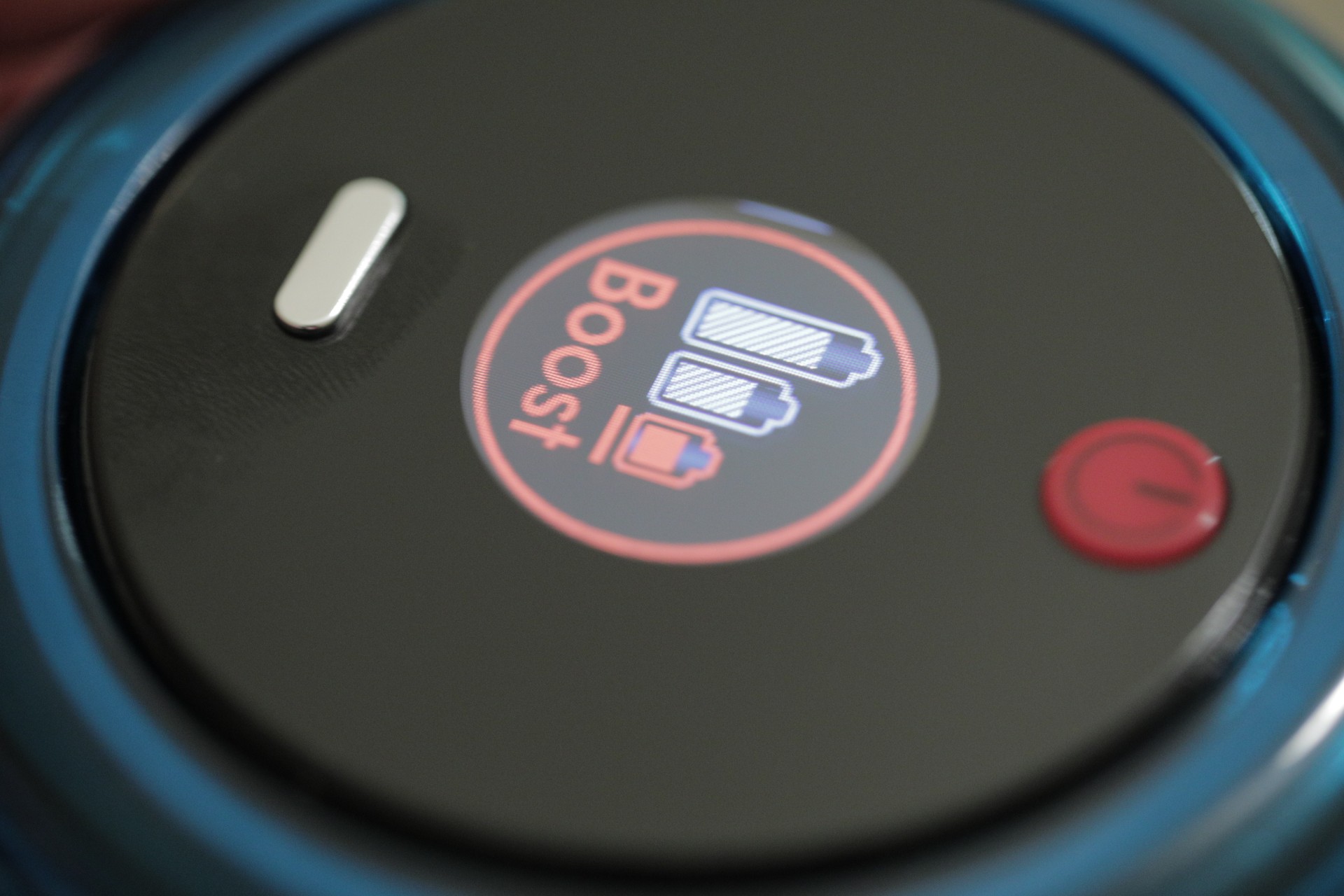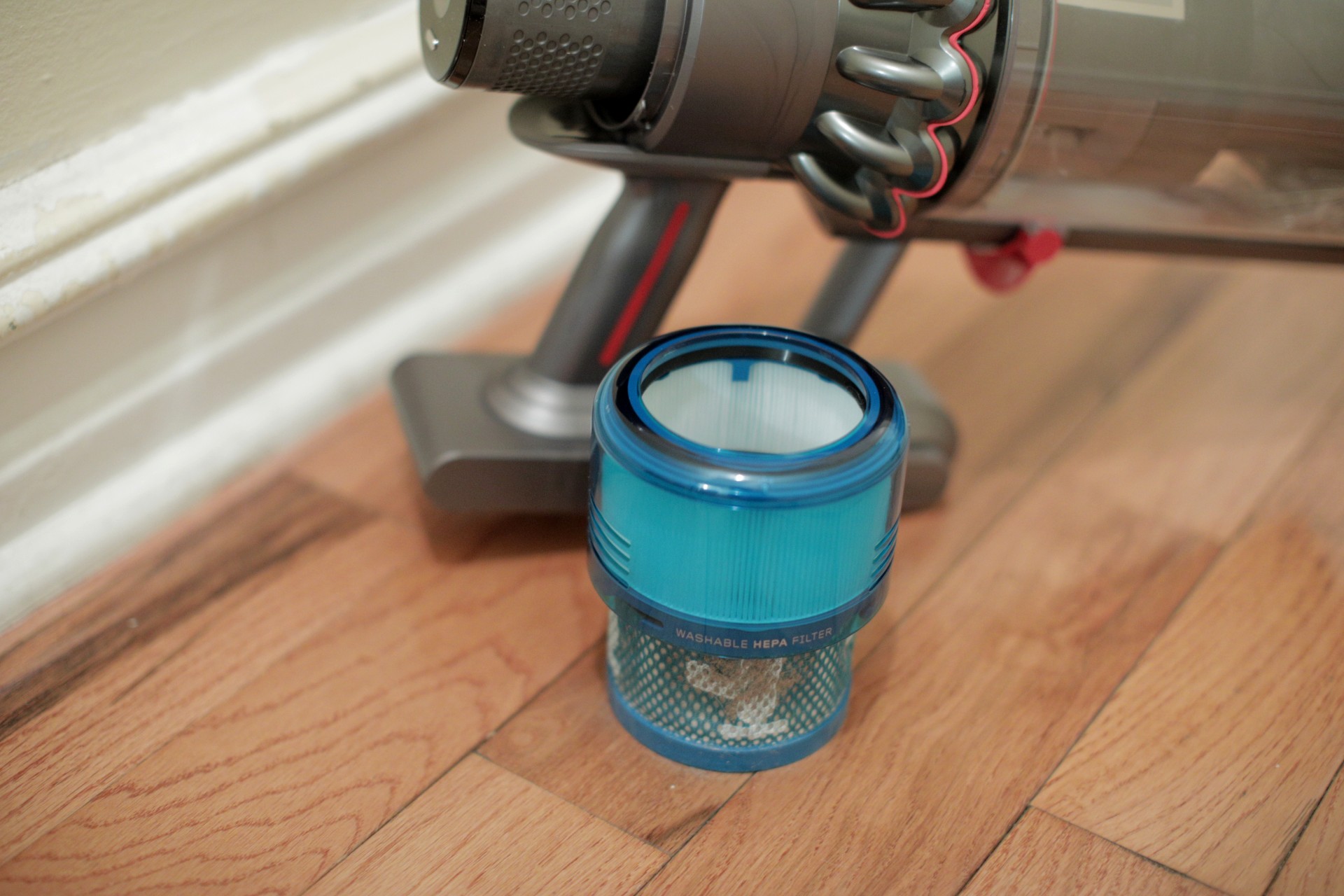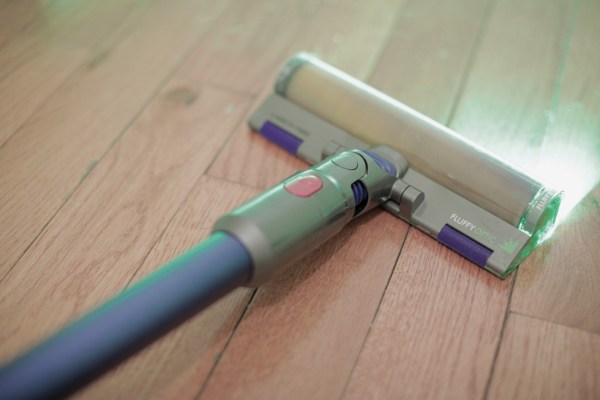You don’t need a $1,050 home vacuum. Nobody does. No one spends $1,050 on a vacuum because it’s the only way to get the job done. But that doesn’t mean you don’t want one. I don’t blame you if you don’t, however. I never particularly wanted a Dyson vacuum. I always saw them as over-engineered and wildly expensive. And then I tried one.
Now I find them over-engineered, wildly expensive and extremely cool. It was a bit like the first time I ever drove a sports car. Pressing that gas pedal, you suddenly get it. It just feels different from other cars. It feels like power.
Now I’m not a car guy (which you likely already surmised). I live in New York City. I haven’t driven one in several years, and I haven’t owned one for much longer than that. I am, however, a human being with an apartment whose floors can sometimes get dirty (hopefully some of you can relate). I’ve owned many vacuums, with a varying degree of success. My apartment may be small, but I have some unique problems. The biggest weighs just under four pounds.
Since adopting a lionhead rabbit, I’ve witnessed the mindboggling levels of fur a tiny creature is capable of growing and shedding. It never fully stops, but the issue grows especially intense four times a year, as the seasons change. I’ve moved pieces of furniture, only to find a makeshift carpet of fur beneath, concerned that she might have learned to reproduce like a mogwai. Pet hair is a notorious vacuum wreck. It’s tangled, it’s thick and — if your pet is anything like my rabbit — there’s a ton of it.
Another weird quirk of being a rabbit owner: I have large boxes of hay shipped to my apartment several times a year. They eat it, they build nests with it, they do…other things in it. It, like fur, has a habit of winding up in unexpected places. All of this is to say I’ve got a fairly unique set of requirements when it comes to choosing a vacuum — one that’s found my purchasing — and subsequently destroying — many shop vacs over the years. I promise to be a bit nicer with the Dyson — a $1,050 price tag will do that.

Image Credits: Brian Heater
I tested the Dyson V10 several years back. It’s the system that helped make me aware of what a good vacuum gets you. It’s fast, effective and even gives a bit of kickback when you pull the trigger. Also, with a $409 price tag on Amazon at the moment, it’s looking downright cheap by comparison.
I happily agreed to try out Dyson’s latest, asking specifically for the Gen5outsize. As the name suggests, it’s effectively the larger version of the Gen5detect. Most of the features are the same, but its larger body ups the 0.2 gallon bin to half a gallon. The size adds about a pound, putting it at 8.59 pounds. Both systems ship with the same attachment heads: Fluffy Optic, Hair Screw, combination tool, dust and crevice tool and the heavy-duty Digital Motor Bar — though the Outsize packs in the wider Digital Motor Bar XL.
At $100 more than the Gen5detect, the Gen5Outsize packs an additional battery. Dyson rates the batteries “up to 70 minutes” apiece, with the important caveat, “Actual run time will vary based on power mode, floor type and/or attachments used.” That ought to go without saying. Using, say, the Fluffy Optic head in Medium (rather than Eco) bumps the time down to around 45 minutes, while going full bore into Boost drops things all the way down to 15 minutes.
Still, that’s an improvement over previous generations. While Dyson actively cautions against leaning too heavily on Boost (says it’s a battery health issue), it’s sometimes necessary. When I used it on the V10, I frequently found myself recharging. The Gen5outsize gives you considerably more time on a charge, and with the second swappable battery, you can effectively keep going forever (well, a while, at least).
I was a bit surprised when I assembled the Gen5outsize, only to find that it was a bit shorter than the v10, even with the larger Digital Motorbar XL attached. Of course, the bin is substantially larger — there’s not really much you can do about that bit. As with other Dyson offerings the bin is fully transparent, to help you avoid having to dig around for something you may or may not have accidently sucked up. All of that empties into a trash bin with a simple flip of the release mechanism.

Image Credits: Brian Heater
The bin, along with various other parts, is removed easily for cleaning. Most vacuums are modular to the extent that attachments can be replaced and bins removed. That’s certainly the case here — different bits are removed and reattached easily. The top lifts off easily for a quick filter replacement. As ironic as it might be, your vacuum gets dirty and should be wiped down based on how frequently you use it. And let’s be real, if you’re spending this much on a good-looking vacuum like this, you’re going to want to keep it fairly clean.
Another key design difference between this system and the V10 is the absence of a trigger. Not gonna lie, I miss it a bit. It’s just satisfying to pull the trigger on a vacuum and feeling that kickback. I have no taste for guns, but appreciate a bit of excitement with my cleaning appliances. I understand why it’s gone, though. For one thing, fewer moving parts on the outside means fewer opportunities for breakage. Even with the included wall mount, vacuums get dinged up and knocked over. You tip them, they drop and have to land somewhere. Few moving parts mean fewer potential pain points.
In place of the trigger mechanism is a small display on the vacuum’s head and a pair of buttons. Up top is power and below is a selection button that cycles through three modes: Eco, Medium and Boost — green, blue and red respectively. That last one is yet another reminder to use sparingly. Medium also doubles as an Auto mode, which will adapt the power based on use. Eco is likely fine much of the time, but Boost comes in handy when the dirt is really in there.
The display also shows an estimate of the remaining battery life, which is handy, along with a chart of dust particles. It’s not super straightforward, nor incredibly useful day to day. From the user manual:
A piezo sensor continuously sizes and counts dust particles at the inlet. Your machine categorizes, counts and displays the amount of particles picked up. Bars will rise and fall depending on the amount of debris and dust detected — showing you in real-time when your area is clean.
Blue means there are a lot, white means medium and green means you’ve probably cleaned enough, move on. I’m sure there’s a more straightforward way to visualize all of that.
Aside from figuring out what that graph means, however, you likely won’t need to spend much time looking through the user manual. The Gen5outsize works right out of the box. Snap on an attachment, fire it up and go. There is, however, a little bit of nuance as to when to use the attachments themselves.

Image Credits: Brian Heater
I found myself going right toward the Fluffy Optic — likely because it most closely resembled the Soft Roller Clean Head I’ve used on the V10. It’s actually a bit smaller, but the principle is effectively the same: a fuzzy nylon roller. This is ideal for hardwood, which makes up a majority of my apartment. The “Optic” bit, meanwhile, refers to an angled green laser that illuminates dust on the ground. I’m used to the built-in light on my Swiffer, but this is really next level. Honestly, it may well freak you out how much dust is left, even after a once over. It’s not pretty.
Fluffy Optic did just fine with general dirt, though I often found myself switching over to the Digital Motorbar XL for a fuller clean — and when there was extra hair or hay laying about. In addition to offering more suction power when needed, the design does a better job keeping things like hair (or, for that matter, hay) from becoming a tangled mess that can clog the system. I will say, the Fluffy Optic is a bit better for day to day. It does the job more quietly. Overall, though Dyson’s done a good job reducing suction noise from the earlier version.
As a hardwood floor owner with a pet, I was eyeing the recently announced Submarine wet roller head, which effectively mops while it vacuums, but sadly it’s not compatible with these machines. Dyson tells us, “To intelligently switch between wet and dry cleaning, this version of the V15 machine has been reprogrammed. Our previous software is not compatible with wet floor cleaning.” You’ll have to hold onto the Swiffer.
Still, there’s a cross section of attachments here, and the swiveling action has been improved, meaning you’ll spend less time picking it up and moving it around to get hard to reach spots. For those even harder to reach spots, removing the main wand (tube) reveals a clever built-in dusting/crevice tool with an angled head and brush. It’s basically a massively oversized dust buster. The final attachment is a Hair screw tool, specifically designed for hair, so you can use it directly on pet beds and such.
It’s a well-rounded vacuum with a lot of clever touches and nice evolutions over previous models — and at $1,049, it should be. It’s quieter, faster, more efficient and won’t run out of juice every time you run it. The engine spins up to 135,000rpm for up to 280 air watts of suction — impressive performance for a cordless vacuum.
I won’t go so far as saying it makes cleaning the floors fun, but it does go a long way toward making an annoying chore more tolerable. That alone isn’t worth the high price of admission, necessarily, but it sure doesn’t hurt.
